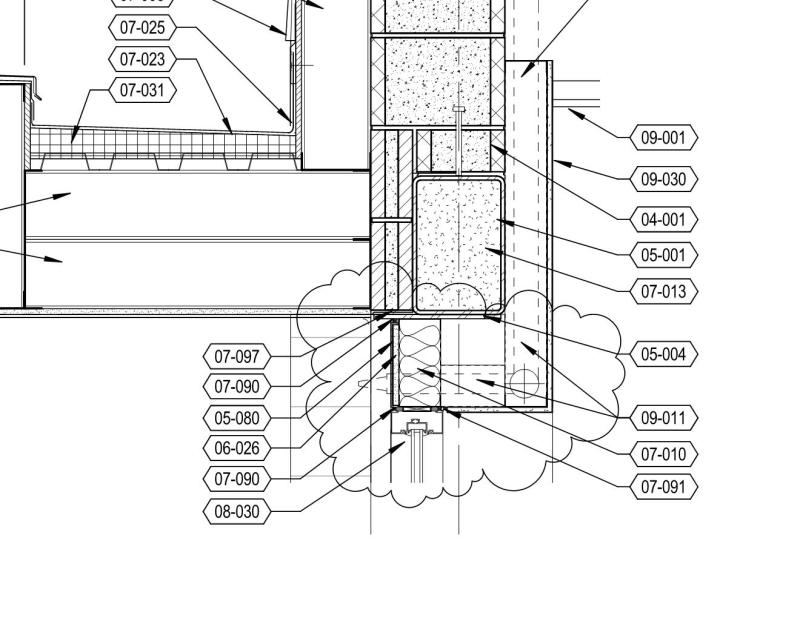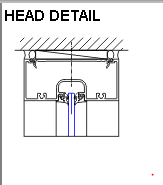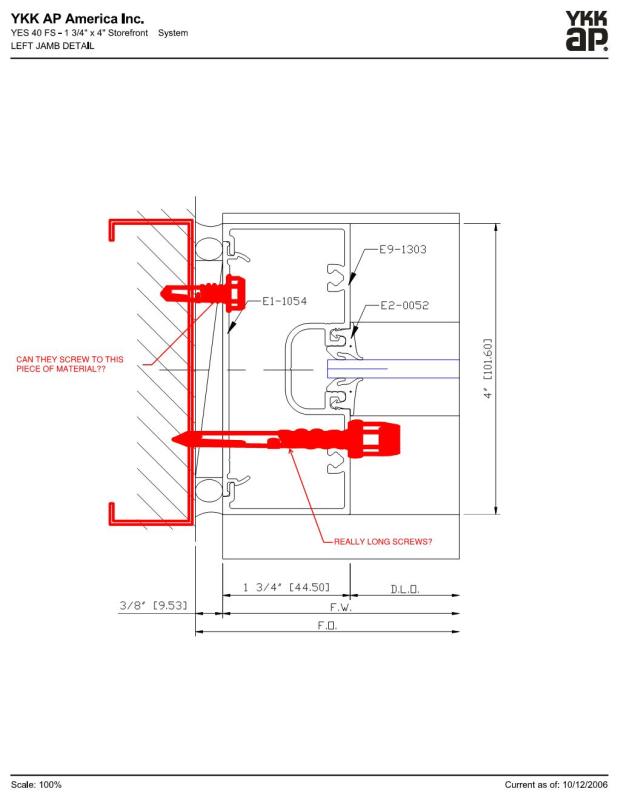sticksandtriangles
Structural
- Apr 7, 2015
- 494
Hello,
I have been designing a good amount of CFS lately and the intersection of windows to CFS framing has been a mystery to me that I often ignore. I see cryptic architectural details show thing like this:

I would like to see window shop drawings to see how they make this attachment but I have never once got a hold of these. (Should I be asking for them?) I have been assuming that the window guys are making attachments at somewhat fairly regular intervals that allows me to distribute load as a uniform load to my CFS framing. I would like to be to confirm that this assumption is correct for most applications.
I guess that this also brings up the question as to if the window spans vertically or horizontally. I have seen discussion on here that people assume both and design jambs for one condition and sills and headers for the other condition.
Does anyone have a good reference document on this connection or can they speak from experience?
Thanks for the opinions in advance.
S&T
I have been designing a good amount of CFS lately and the intersection of windows to CFS framing has been a mystery to me that I often ignore. I see cryptic architectural details show thing like this:

I would like to see window shop drawings to see how they make this attachment but I have never once got a hold of these. (Should I be asking for them?) I have been assuming that the window guys are making attachments at somewhat fairly regular intervals that allows me to distribute load as a uniform load to my CFS framing. I would like to be to confirm that this assumption is correct for most applications.
I guess that this also brings up the question as to if the window spans vertically or horizontally. I have seen discussion on here that people assume both and design jambs for one condition and sills and headers for the other condition.
Does anyone have a good reference document on this connection or can they speak from experience?
Thanks for the opinions in advance.
S&T






